"On Dominion Day, 1958, the blast released the waters of the St. Lawrence River behind Coffer Dam A1, causing over 16,000 hectares of land to be covered by the head pond of Lake St. Lawrence." Jim Brownell, President, Lost Villages Historical Society
"The remains were found in one of the lost villages, the towns that were flooded when the power dam was built… partially buried in an old foundation… the water hasn’t been this low in at least ten years." A Violent End by Maggie Wheeler
It’s been ten years since Maggie Wheeler told me how she planned her first murder.
“It took place just before Inundation Day, when the flooding began for the St. Lawrence Seaway and Power project, in 1958.” She laughed.


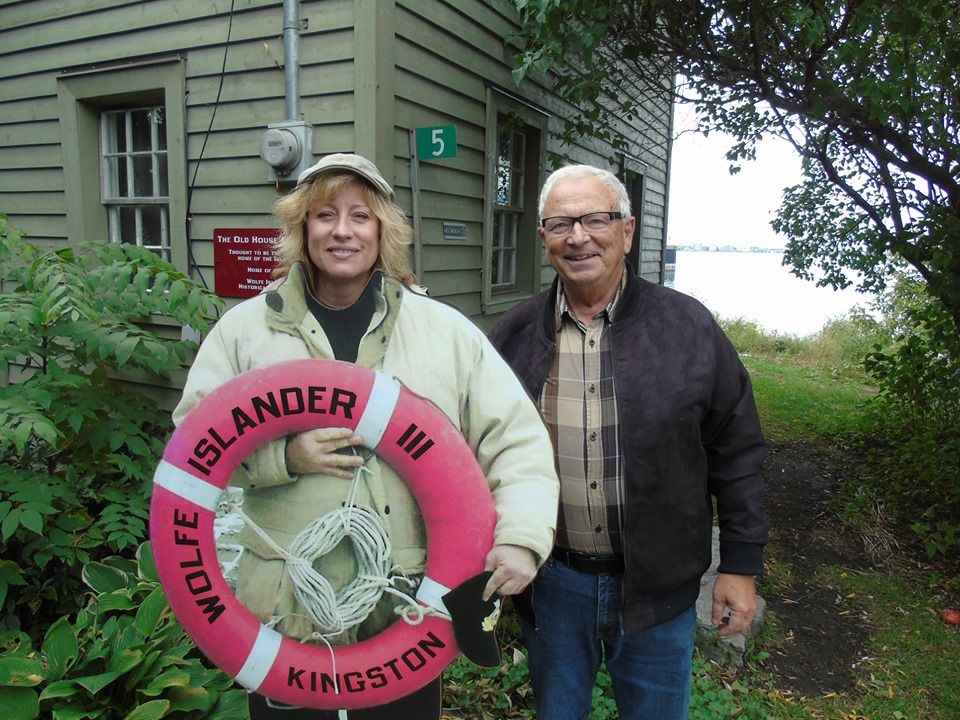
Maggie Wheeler, the ‘Seaway Valley Queen of Crime’ is the author of the best-selling ‘Lost Villages’ historical Murder Mystery Series, which has garnished a nomination for the Ontario Premier’s Awards for the Arts, an Ontario Provincial Hansard and the People’s Choice Seeker’s Award for literary Artist of the Year, 2013.
“Being good at planning murders is not what you dream of becoming one day as a child,” Maggie said. “I guess it was the Nancy Drew effect, coupled with being raised by an Ontario Provincial Police officer.”
Back in 2009, I was writing a series for the 50th Anniversary of the St. Lawrence Seaway and its impact to date. Among the many River stories, I collected from Montreal to Kingston, the area between Iroquois and Cornwall Ontario had a deep, lasting effect on me. This was the area that had to be flooded in 1958, for a new seaway channel and power project to go through. Huge power dams would be built to generate 1,600,000 kilowatts which, in turn, would provide electricity for eastern Ontario and northern New York State. To do this, the whole area would soon disappear beneath the newly created Lake St. Lawrence, obliterating six villages: Mille Roches, Moulinette, Wales, Dickinson’s Landing, Farran’s Point and Aultsville and three hamlets: Maple Grove, Santa Cruz, and Woodlands, all in Ontario.
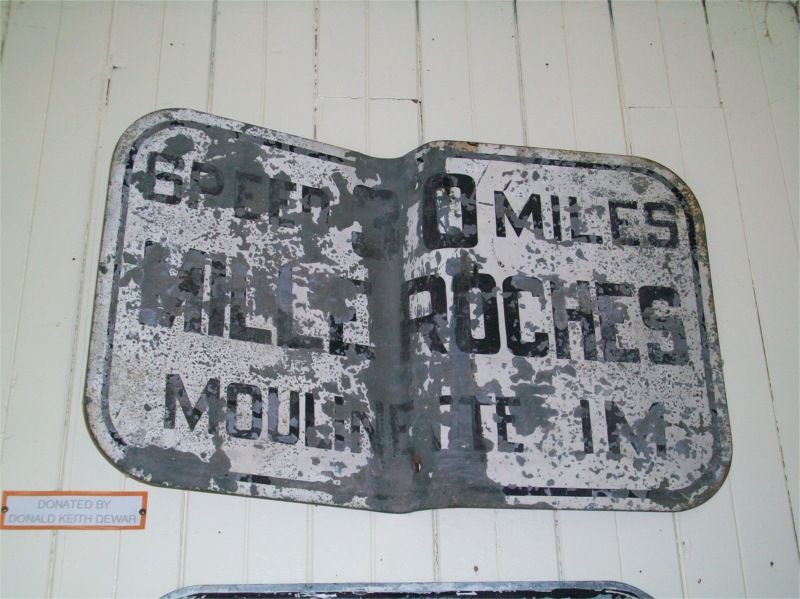
Small towns with their houses, fences, trees, buildings, streets and even cemeteries from a pioneer era would soon be gone, wiped out, forever. The work began with a sod turning ceremony at Cornwall Ont. And Massena, New York on August 10, 1954.
Two ladies agreed to meet me at a coffee house in Cornwall to talk about it. One witnessed the flooding as a frightened child. The other grew up listening to the hushed whispers and stories from the grownups who would talk about their past.
Nine-year-old Mary Lynn (Johnson) Alguire watched as frightened field animals ran for their lives in 1958. Maggie Wheeler, born in Simcoe, Ontario moved with her family to the former Hydro Town Site No. 2, now Long Sault, ON. One of two new towns created to accommodate those people relocated. The other was Hydro Town Site No. 1 or Ingleside, ON.
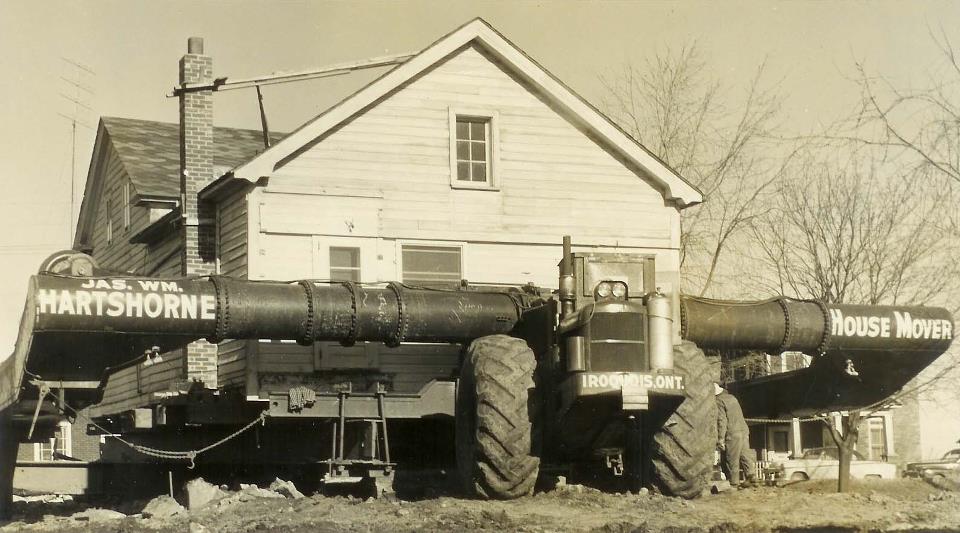
“My interest started, when a series of events brought to my attention a section of my community, thirty years later, still had no closure,” Maggie said. “They were still grieving the loss of their homes and farms, their communities and their ability now as adults to take their children and grandchildren to see where they grew up. They also felt then that maybe something was wrong with them, because they just couldn’t let go.
“I wanted to then to do something in non-fiction, with interviews,” she continued. “But I married and had a family and it delayed the project for me.” One day, in the mid 1990’s, during a very low water season, Maggie Wheeler took a stroll along the waterfront near her home and spotted older foundations, barely visible above water. Her writer’s imagination started ticking… ‘what if a body was discovered… lost since the flooding…’ She quickly returned home, jotting down notes as quickly as she thought of them.
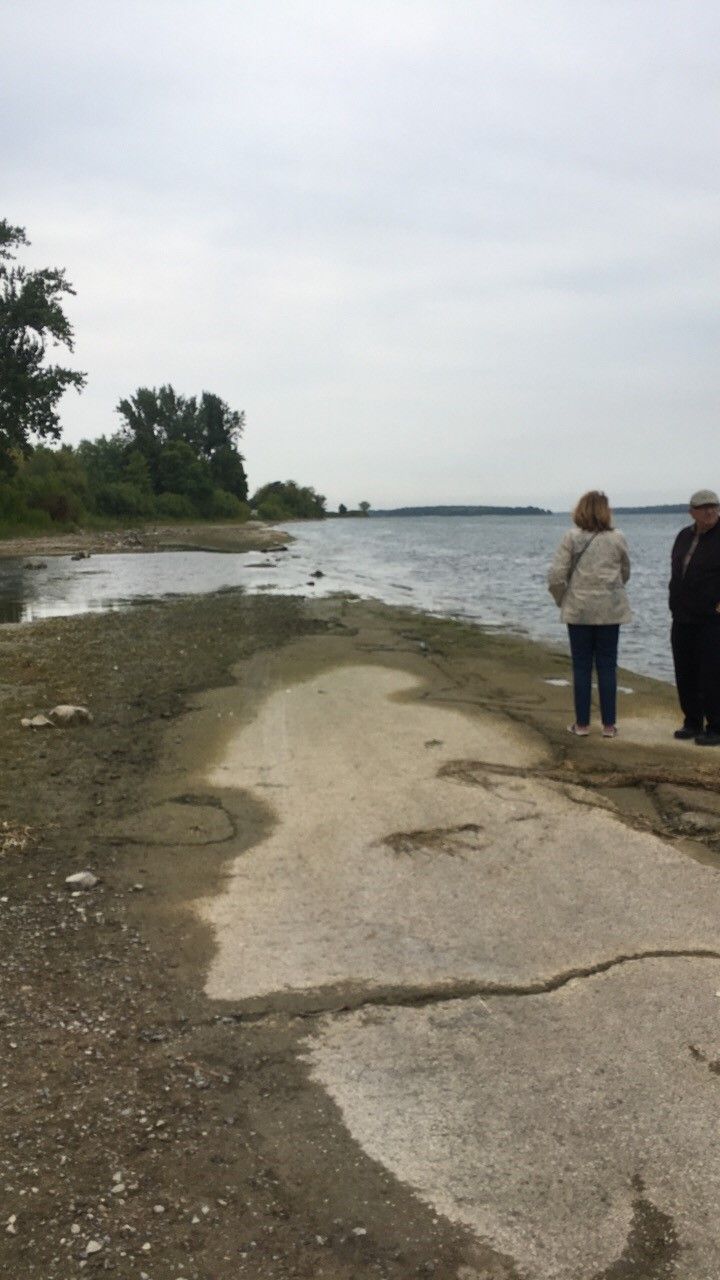
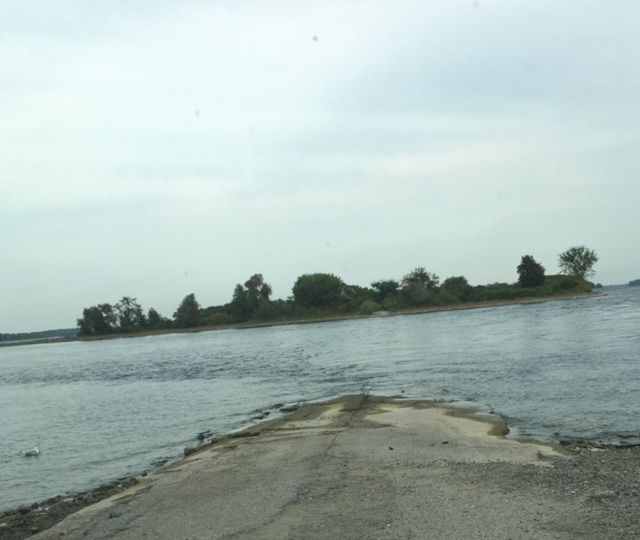
Maggie’s first Novel, “A Violent End”, published in 2001, introduces protagonist history professor Farran Mackenzie, who begins searching for her parent’s past, in the Lost Villages of the St. Lawrence Seaway. Her arrival surprises the old timers and stirs up memories amongst the former villagers, many of whom were already rattled by the reappearance of Farran’s father, from beneath the waters of the St. Lawrence, where his body had unknowingly lain since the flooding, forty years before. What follows is much mystery and intrigue, as Maggie’s novel takes the reader back in time, in each chapter, mingling fact and fiction to present time, which places Farran Mackenzie in mortal danger herself.
“I started research on ‘A Violent End’ the year following the 40th anniversary of the Inundation,” said Maggie. “The people affected by the expropriation were beginning to open up more and discuss their feelings, but mostly still had to be asked. With the marking of the 50th anniversary of the Inundation in 2008 and the 50th of the official opening of the Seaway in 2009, the media spotlight brought another level of education and discussion to people outside the area and those not affected.”
Three more ‘Farran Mackenzie novels’ followed: “The Brother of Sleep” (2004), “All Mortal Things” (2006) and “On a Darkling Plain” (2009) – careful, the ending of the last one might bring tears. In 2009, both Maggie and Mary Lynn Alguire paired for the history/mystery tours, a bus ride which took visitors through the Long Sault Parkway, the area of the Lost Villages. While Mary Lynn pointed out her childhood memories, Maggie explained the events and places her character’s adventures took them. You had to book early because they sold out every time.
After an eight-year hiatus, Farran Mackenzie returns in “All My Worldly Goods”, Maggie’s newest novel, released in 2017, involving Farran in yet another murky chapter of Canadian history, the British Home Children. ‘When death arrives on the doorstep, Farran must use all her research skills to piece the past together, from the streets of WWI England, to rural post-war Ontario, to Depression-era Lost Villages and the origins of the St. Lawrence Seaway, before murder strikes again in real time.
“This time, I’m walking farther back to the early days of the 20th century and the closing years of one of the most amazing untold stories of our Canadian history: the British Home Children,” Maggie stated in her 2017 blog: Walking in the Steps of History. From 1869 to 1939, over 130,000 children from Great Britain, left its shores for new lives in the colonies, as farm and domestic labourers. Here, in Canada, we took in over 100,000 of them. Some fared well, and some did not. But all British Home Children who survived, also thrived and contributed to the development of this country in economy, progeny, culture, military service and national spirit. My grandmother was one of them. Today, over 15% of our population traces its ancestry to these children – and most do not know it.
So now, ten years later since our initial meeting, and the impact I felt listening to the childhood memories from Mary Lyn Alguire, a child who grew up in the Lost Village of Mille Roches, and the profound adventures of Farran Mackenzie through the eyes of Maggie Wheeler, I asked Maggie just what has changed since then?
“Sadly, Mary Lynn today is quite ill and unable to answer your e-mails,” she said. “I get down to see her about every six weeks. She is basically homebound now and it is sad to see her struggle so. I would have loved to resurrect the tours for the 60th anniversary of the St. Lawrence Seaway, but Mary Lynn is not capable of accompanying me and I wouldn’t want to do them without her.
“The biggest shift in the last ten years since the 50th, as we look at the 60th, is that we are losing more and more of the last generation to be eyewitnesses to this history, the children of the Seaway. Memory is slowly moving into myth. Those I have spoken with for the latest book are looking back at the project years and the years that immediately followed, feeling a new respect for what their parents and grandparents handled. How they rebuilt their lives in a totally new environment. Changes would have to come to the villages and the culture there but it would have happened over decades, not just in four years.”
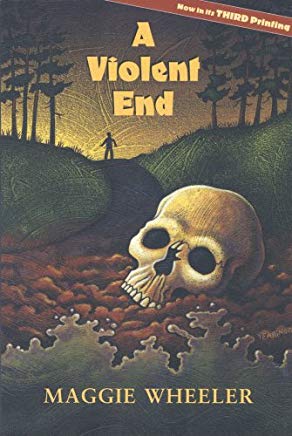
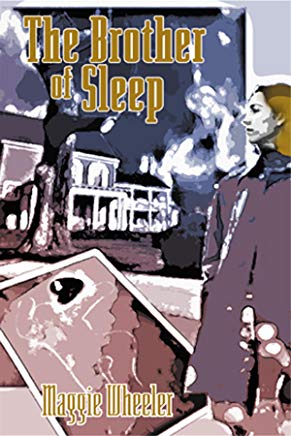
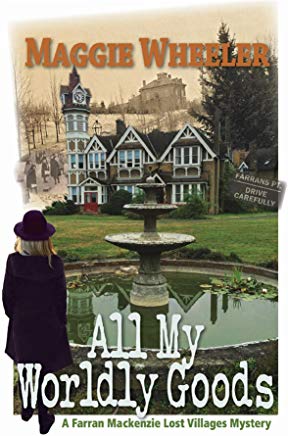
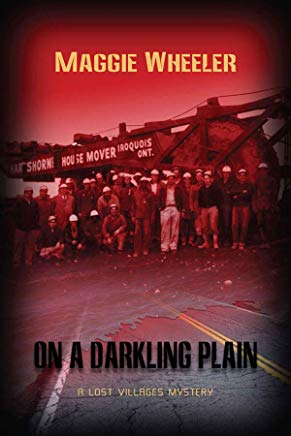
Maggie Wheeler’s novels and her work with the Seaway history has kept her on the public speaking circuit since 2001 and in the media at local, regional, national and academic levels. The series has been used to teach English and history from intermediate to post-secondary levels in eastern Ontario and upper New York State. Her most recent contribution is the Lost Villages article for Historica Canada’s Canadian Encyclopedia, the official national online resource for all things Canadian. Named Ottawa’s Favorite Author (female) by FACES Magazine and awarded the Seeker’s Choice Award for Literary Artist 2018 in Stormont Dundas & Glengarry. And, she told me a secret. “Farran Mackenzie returns in book six: ‘All Will Fall Together’. Hopefully out early next year!”
The memories of the Lost Villages and their people will live forever. Thanks Maggie.
By Brian Johnson, semi-retired captain, Wolfe Islander III.
Posted in: Volume 14, Issue 5, May 2019, Book review, People, Places, History
Please click here if you are unable to post your comment.
